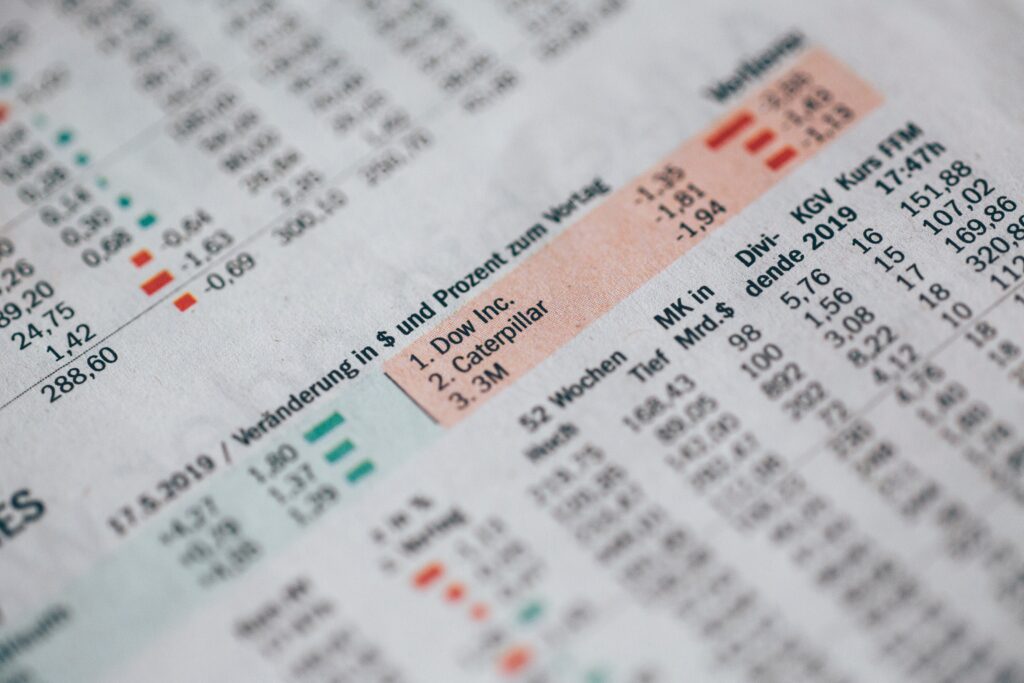This post was written by Peter Seltzer ’19
Impact investing is the hottest trend in finance right now with now over $12 trillion in assets invested. Over the course of the last year I have spent a significant amount of time studying the industry, including being on the winning team of the Wharton Total Impact Portfolio Challenge (TIPC). Throughout the year, I have looked for the best ways to generate impact through public market investments and below is summary of my conclusions.
Invest in Companies with Embedded Sustainability Practices
In the TIPC my team encountered the question, how do you pick the best ESG (Environmental, Social, Governance) or SRI (Socially Responsible Investing) fund to invest in? In our corporate social responsibility course, we learned that the companies with the most successful sustainability efforts are those that embed these sustainability practices into their core business practices. To maximize the collective impact of a public equity investment, you should invest in funds that hold companies that are embedding sustainability into their core business practices.

To determine how well a company is embedding sustainability we used a framework developed by the Sustainable Accounting Standards Board (SASB) to determine what the most material sustainability issues are for the companies being held by a fund. If a company wants to embed sustainability into their core business, then they must perform well on the sustainability issues that are most material to their industry. Based on a scoring system we developed, we were able to quantify this embeddedness for public equity funds.
Balance Long-Term and Short-Term Needs
Public market impact investments are focused on the long-term collective changes that need to happen to create a more sustainable world. It is extremely important that these investments continue to occur. However, while we invest for the long-term, we cannot overlook the people who are suffering right now. It is great to invest in companies that are creating cheap renewable energy, but that does not immediately help the family that cannot pay their heating bill during these cold Vermont winters. Investors need to harness the financial power that is generated through their long-term investments to help address the short-term needs that are so often overlooked.
The most efficient way to create the direct impacts needed to address these short-term problems is through charitable donations. I know! Charity is a dirty word in finance, especially in impact investing. It certainly has its flaws, but it is the most direct way to balance long-term and short-term needs.
Behavioral economics will suggest that those that invest responsibly will be more likely to suffer from the effects of moral self-licensing, which in turn makes them less likely to donate to charity. I propose that those that participate in SRI or ESG investing, allocate a portion of the dividends they receive through these investments to charitable causes that support short-term needs. Typically, dividends will automatically be reinvested back into shares of the fund that distributed them, so this money never enters the metal accounts of an investor. Thus, allocating a portion of their dividends to charity will have no effect on a person’s mental accounting and eliminate any moral self-licensing effects of responsible investing.
In summary, the best way to create impact through a public market investment is to balance the long-term changes needed, by investing in companies that embed sustainability into their core business practices, with the short-term needs of today, by allocating a portion of a portfolio or fund’s dividends to charity.
